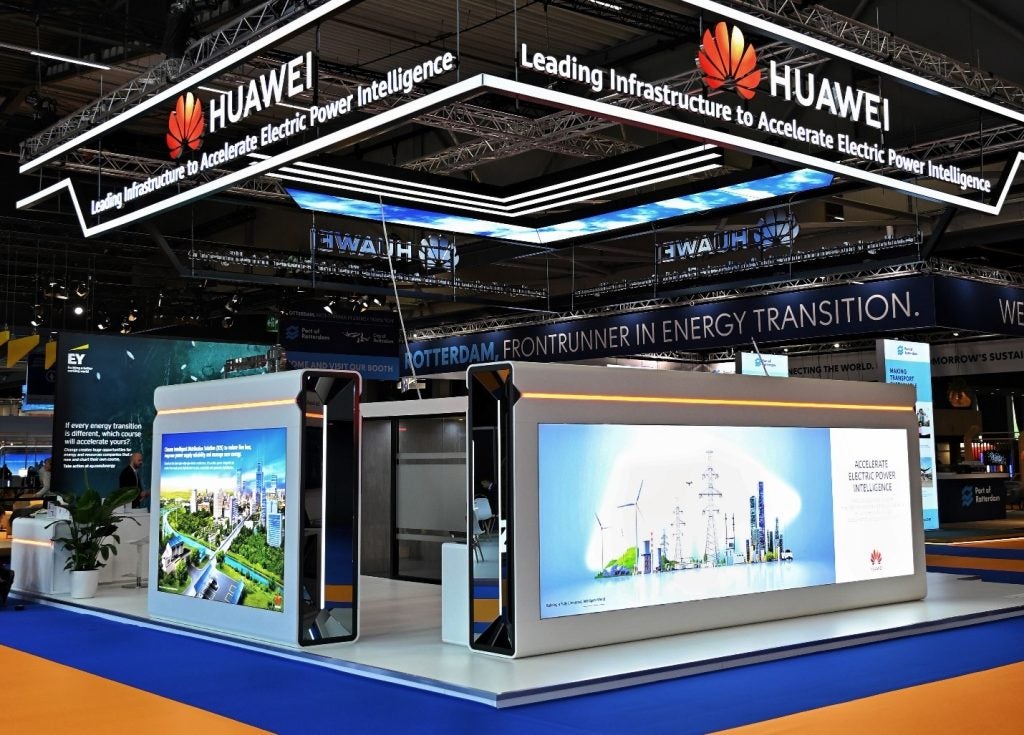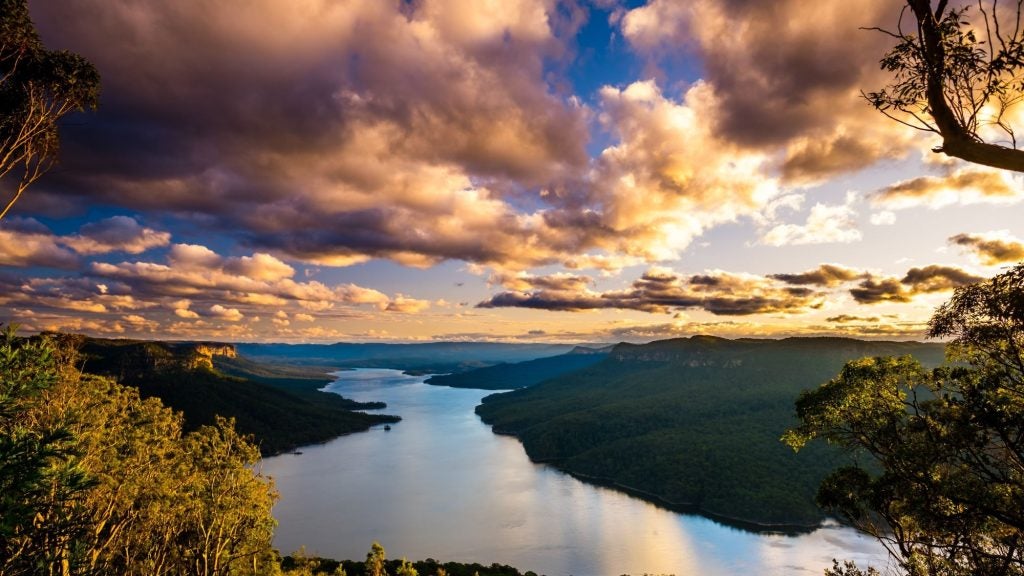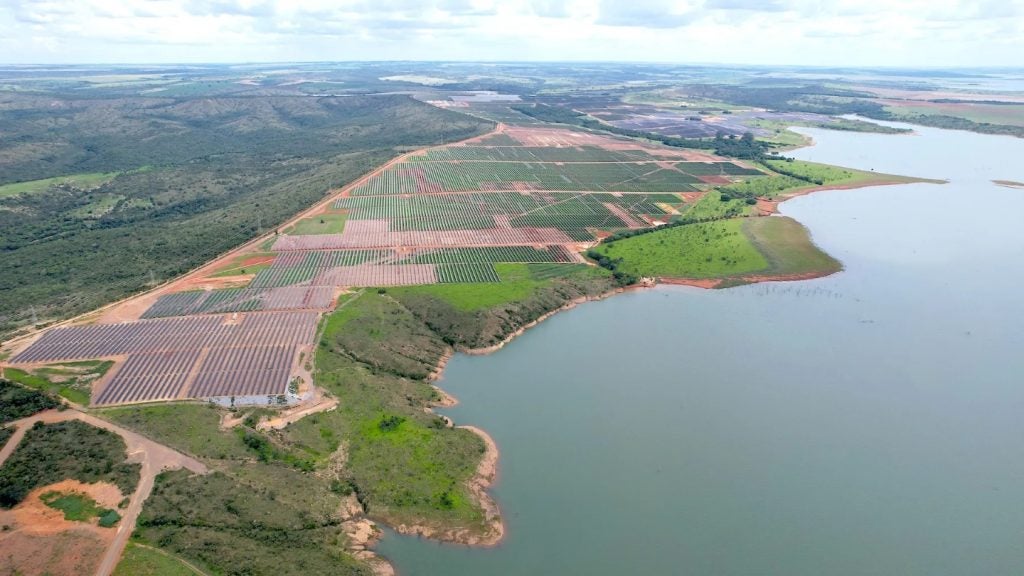
Although 70% of the Earth’s surface is covered by water, when it comes to generating power, it is the resource that can be least relied on. As countries search for ways to create renewable power on a large scale, Asian nations, led by China, are finding that small-scale options are becoming increasingly successful.
The Asia region is leading the hydroelectricity race and it is smaller hydropower projects that are likely to dominate as a result.
Before Asia hit the scene, Canada was the leading nation in the small hydro sector and the country still plays an important role. On 15 and 16 April 2010, power experts will meet in Montreal to discuss the latest innovations at Arena International’s Small Hydro 2010 Conference.
At the conference, delegates will find out what constitutes a small hydro project and will see how such implementations have helped to generate energy around the world.
Small hydro vital stats
See Also:
There is no international agreement over what exactly falls into the category of a small hydro project. The European Small Hydropower Association (ESHA) says that in China it can refer to projects up to a capacity of 25MW, while in India it constitutes a maximum of 15MW and in Sweden just 1.5MW.
How well do you really know your competitors?
Access the most comprehensive Company Profiles on the market, powered by GlobalData. Save hours of research. Gain competitive edge.

Thank you!
Your download email will arrive shortly
Not ready to buy yet? Download a free sample
We are confident about the unique quality of our Company Profiles. However, we want you to make the most beneficial decision for your business, so we offer a free sample that you can download by submitting the below form
By GlobalDataSmall hydro projects amount to 8.6% of the EU-15’s hydro capacity, equalling 2% of its total electricity generation, according to ESHA. In this economic zone, it says, there are 14,488 small hydropower plants and in 2002 around 20,000 jobs were created in the sector.
World Energy Council (WEC) figures show that five countries – Brazil, Canada, China, Russia and the US – make up more than half of the world’s hydropower production. It estimates that hydropower will see a ten-fold increase in Africa, a three-fold rise in Asia and will double in South America.
In 2005, renewable energy represented one-fifth of total power generation, according to WEC, and 18GW of new hydro capacity was brought on stream.
A number of countries are now providing cash incentives for home owners to implement small hydro projects on their land. In the UK, one such scheme is due to begin in April where homeowners connected to the grid will receive a cash sum for every unit of electricity they generate.
Projects of influence
The Canedo hydropower scheme in northern Portugal won critical acclaim for the way it contributes 28GWh of clean electricity while avoiding 16,500t of CO2 emissions. It has been developed on the Beca River, known for its irrigational benefits and for being home to a rich trout community.
The scheme consists of a dam, a low-pressure circuit, powerhouse and a surge tank. Its novel infrastructure led to it winning an award from our sister publication International Water Power and Dam Construction.
While the project brings obvious benefits to the wider community, local residents gained from a new road constructed from the dam to a nearby village. In addition, the new reservoir is used as a recreational area by residents and it provides a valuable water storage facility in case of forest fires. Another advantage is that the construction was carried out by local workers.
In Washington state, US, about 500 potential sites were identified for small hydro projects. One that has been on the cards for a while and has finally received approval is the Youngs Creek project, which involves the construction of a dam on a remote tributary.
While there is nothing particularly remarkable about the project in itself – it will have about 7.5MW of power at its peak, enough to supply between 3,500 and 7,500 homes – it is, however, to be the first foray into small hydro by Snohomish County, a region that derives 80% of its electricity from massive dams on the Columbia River.
Youngs Creek lacks salmon and is not used for recreation so local environmentalists have dropped their protests against the initial plans. In addition, it will represent a local powerbase, have a low carbon output and meet the necessary requirements to gain the Low Impact Hydropower Institute certification.
Arena International’s Small Hydro 2010 Conference will take place on 15 and 16 April, 2010 in Montreal, Canada. For more information, visit www.arena-international.com.






